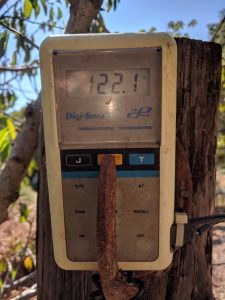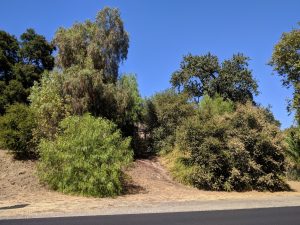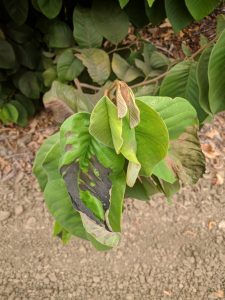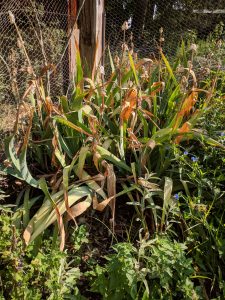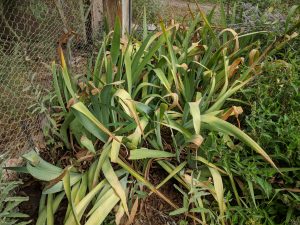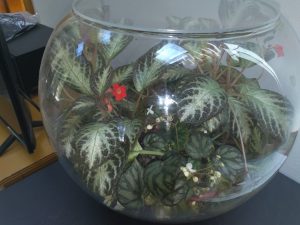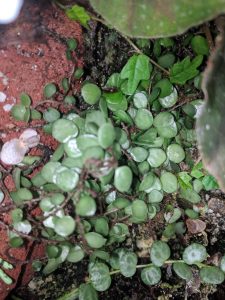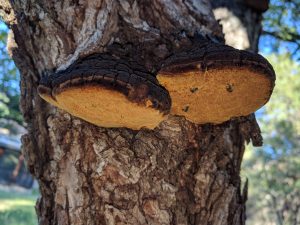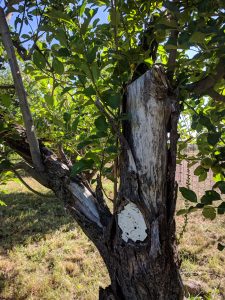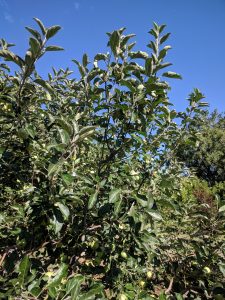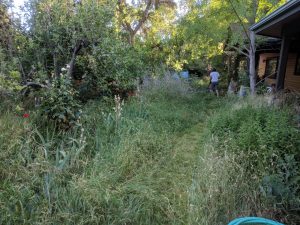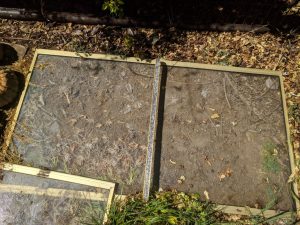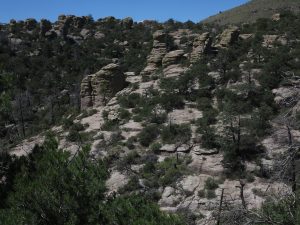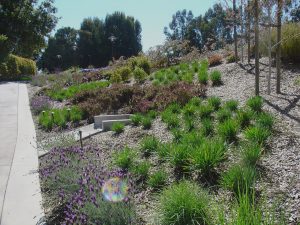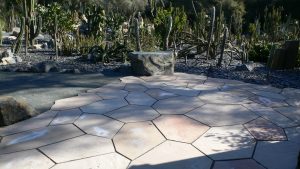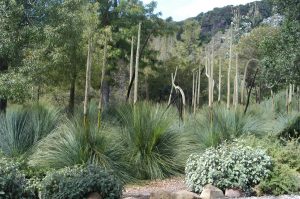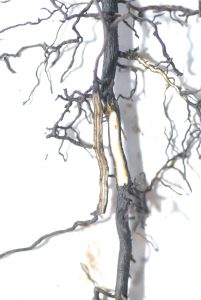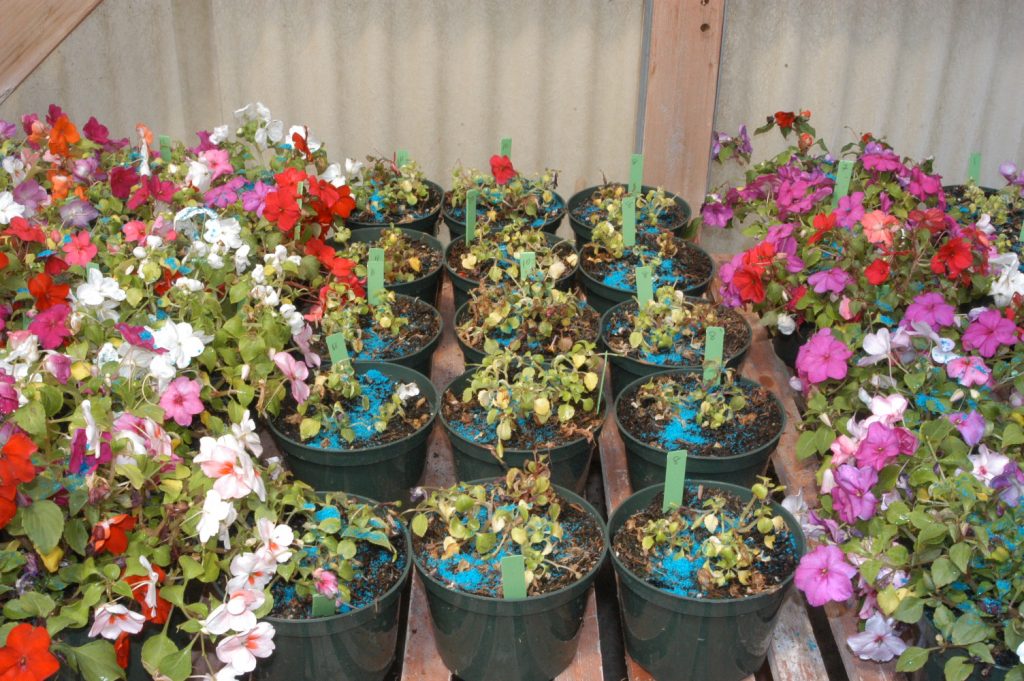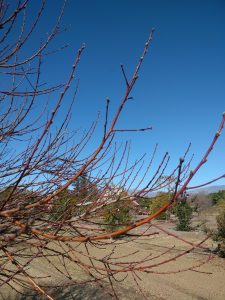Summer is done. The last apples are coming off my orchard trees now and persimmons are ripening fast. Some fruit remains to be picked but most is off. As garden productivity subsides we turn our tasks to winter. In Southern California it means planting the winter vegetable garden, in Northern Mn snow has already flown so gardens are shut down now. For fungi that may be pathogens in our gardens, it is a time for reproduction. Fall is the time for fruiting and for gardeners a time to reckon with next year’s disease cycles.
Most fungi are saprophytic, that is they live on dead or decayed organic matter. Fungi are largely responsible for recycling forest nutrients from litterfall (leaves, branches and whole trees) back to soil minerals. Without fungal decay, mulch would never break down and organic matter would pile up. If you use fresh wood chips (often advocated in this group) you may notice that after some time they are full of fungal mycelium or cordons (rhizomorphs). This is normal and healthy—a good sign that your mulch is decomposing and improving the underlying layers of soil.
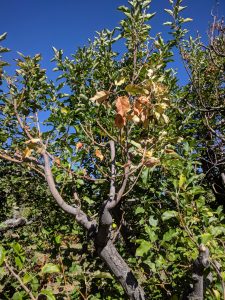
Some plant pathogen fruiting bodies are edible. The mushrooms formed by Armillaria are often collected and considered delectable by many. Most edible fungi are saprophytes or mycorrhizal fungi. Truffles and other edible mushrooms like Chanterelles are plant symbionts often benefiting oaks and other northern temperate trees. Some wood decay fungi are also considered a delicacy such as the Oyster mushrooms (Pleurotis spp.) or the sulfur mushroom (Laetiporus gilbersonii). I don’t recommend harvesting wild mushrooms for food unless you are able to accurately identify what you collect, even then, second opinions of mycologists are a good idea. Also, not everyone reacts the same to fungi when they consume non-commercial mushrooms, so moderation is best or just get your fungus from commercial sources.

Not all fungi are beneficial. Some have evolved life histories that allow them to gain energy not from organic matter or dead plant materials but from living plants. These are parasites. Fungi have been evolving their lifestyles for about 400 million years and in that time have developed several strategies involving plant hosts to live and reproduce. Sixty five million years ago, after the Cretaceous-Paleogene extinction event that famously destroyed dinosaurs, fungi bloomed on earth and increased in importance. As land plants diversified, so did fungi developing many forms and parternships, many of them becoming essential to plants such as mycorrhizae. A few fungi specialized as plant pathogens.
Fungi use their reproductive structures to survive and ready themselves to attack susceptible plants. The most common fungal fruiting body the mushroom may not seem like a survival structure. But mushrooms can produce millions if not over a billion spores. Massive spore production ensures that some of those spores will find a place for the organism to survive. Also some mushrooms found on trees (sometimes called conks or bracket mushrooms) are perennial, and live for years—each year they add a new spore bearing surface over the last one. Many of the pathogenic tree fungi that produce conks fruit in the fall or winter.
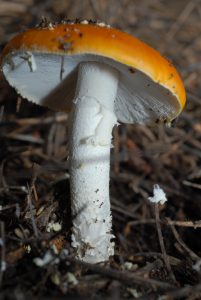
Many fungi form their fruiting bodies as small melanized structures that contain their spores. These are often formed in dead host tissue, such as dead twigs or branches. The spores are protected until they are splashed by water onto tender or susceptible plant tissues such as shoots. In soil, fungi can form hyphae that are very concentrated and melanized in to long lasting structures called scleortia. They lay dormant in soil for years until a susceptible root grows into them. Crop rotation often helps to limit disease but some fungi can last decades between crops and remain viable by producing thick walled spores called chlamydospores or sclerotia. The wilt fungi (Fusarium and Verticillium) survive in this way.
Another key strategy that fungi use is a kind of timing called phenotypic synchronicity. Fungi often have their spores ready to be dispersed exactly when new growth or susceptible plants are available for infection. The timing also often aligns with weather conditions that favor spore dispersal or arrival at the intended plant growth stage or phenotype.
Fungi evolved with land plants to take advantage of the environmental conditions and phenology of their hosts. We can interrupt the process with a bit of diligence as gardeners. As fall continues and winter approaches, it is a good time to remove dead twigs and branches from perennials that are prone to disease, clean up fallen or dead flowers from plants like Camellia that are attacked by petal blight because the flower mummies contain sclerotia that start the disease in the Winter. Unfortunately removing conks from trees does nothing to stem the progress of wood decay fungi in the tree they formed on, or their further spread, because so many spores are formed that the few mushrooms we remove will not stop those diseases. Some evidence suggests that increasing soil organic matter will over time reduce soil-borne pathogens, but once a pathogen has affected a perennial, there is often little to be done about it as in the case of Verticillium wilt of shade trees. No matter how fungi survive, its always a good idea to apply fresh tree trimming chips around perennials in the garden….
